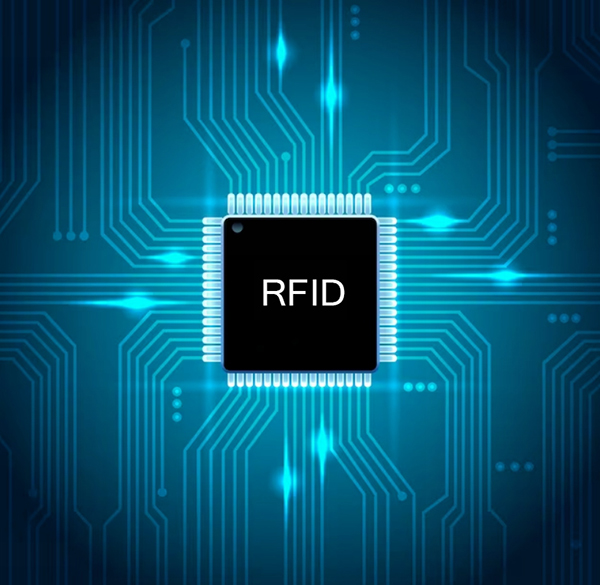dio frequency identification (RFID) technology has revolutionized the way businesses track and manage assets, inventory and supply chains. The core of the RFID system is the chip of the RFID tag, which stores and transmits information wirelessly through radio waves. Choosing the right chip for your RFID label is critical to an efficient and effective tracking process. In this article, we will discuss the key factors to consider when making this important decision.
1. Frequencies and Standards
First, you need to consider the operating frequency of the RFID tag chip and the standards it follows. Common frequency ranges include low frequency (LF), high frequency (HF) and ultra-high frequency (UHF). Each frequency range has its specific advantages, disadvantages and application scenarios.
• LF RFID tags: The operating frequency is in the range of 125 kHz to 135 kHz, the reading and writing distance is short, and the penetration ability is strong. The disadvantage is that the tag storage capacity is small and can only be suitable for low-speed and short-range identification applications. Compared with HF RFID tags, the number of tag antenna turns is more and the cost is higher. Typical applications of this type of tags include: animal identification, container identification, Tool identification, electronic anti-theft locking (car keys with built-in transponder), etc.
• HF RFID tags: Typical operating frequency: 13.56MHz. It has a fast data transfer rate and can read multiple tags at the same time. But the reading and writing distance is short and the penetration ability of water or metal substances is weak. It is often used in scenarios such as smart cards, library management and payment systems.
• UHF RFID tags: operating frequencies in the range of 860 MHz to 960 MHz. It has a long reading and writing distance and high-speed data transmission capabilities. The disadvantage is that it has weak penetrating ability to water or metal substances. Widely used in logistics tracking, inventory management and retail industries.
In addition, you also need to consider the RFID standard used, such as EPC Global, ISO 18000, etc. These standards define tag size, frequency, communication protocols and other characteristics.
2. Memory and data processing capabilities
RFID tag chips usually have different sizes of memory capacity, ranging from a few bytes to several KB. When choosing a chip, you need to consider the amount of memory required as well as data storage and processing capabilities. Larger memory capacity can provide more data storage space and processing power, and is suitable for application scenarios that need to track a large number of items.
3. Security and Privacy
It is very important to ensure that the RFID tag chip has sufficient security and privacy protection functions. Consider choosing a chip that supports encryption and access control mechanisms to prevent unauthorized reading and tampering. Additionally, you may consider masking or blocking techniques to limit the readable range of tags for added security.
4. Cost and availability
When selecting an RFID tag chip, cost and availability need to be considered. Cost is always an important factor in any purchasing decision. Prices vary between brands and models of chips, and you’ll need to weigh them based on your budget and application needs. At the same time, it is also important to ensure that the chosen chip has a reliable supply chain and is easy to integrate into existing systems.
5. Testing and Validation
Adequate testing and verification are critical steps before final selection of RFID tag chips. This includes testing the chip’s performance, reliability and safety in a variety of environments and conditions to ensure it meets your application needs. Additionally, you can refer to the reviews and experiences of other users to evaluate the suitability of your chosen chip.
6. Considering future expansion needs
As your business and technology evolve, you may need to expand your RFID system to support more functions or handle more data. Therefore, when choosing an RFID tag chip, please consider future expansion needs and choose a chip model with scalability. This will ensure that the system can easily adapt to future changes and growth.
Summary: Choosing the right RFID tag chip requires comprehensive consideration of many factors, including frequency and standards, memory and data processing capabilities, security and privacy, cost and availability, testing and verification, and future expansion needs. By carefully evaluating these factors and making informed decisions based on your application needs, you will be able to select the best RFID tag chip for your project.
Post time: Nov-29-2023


